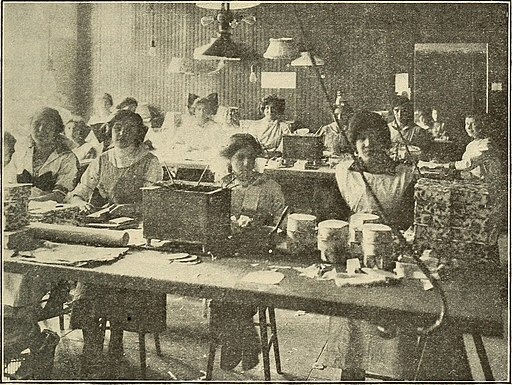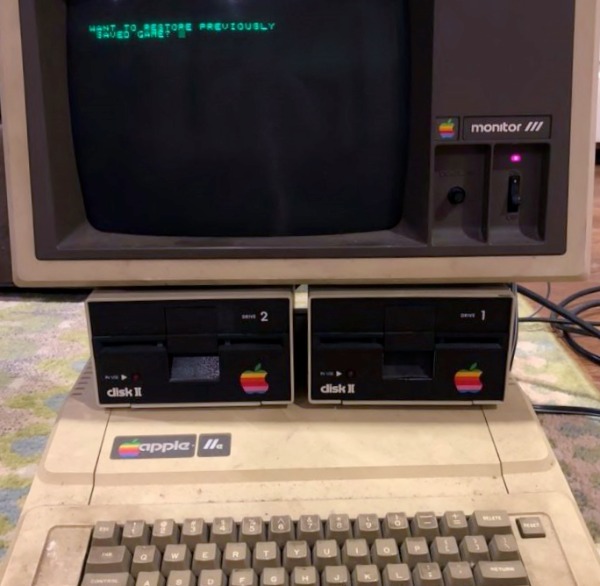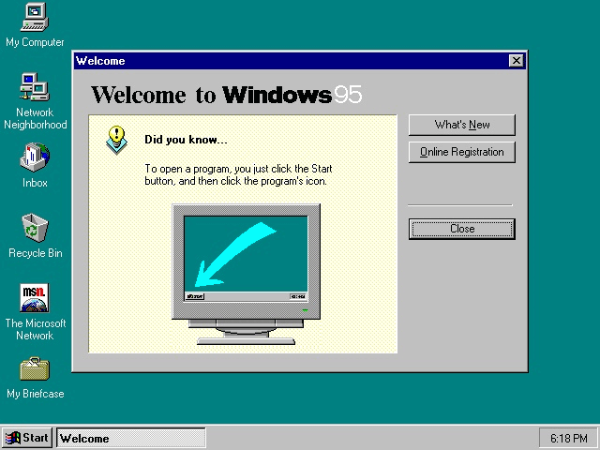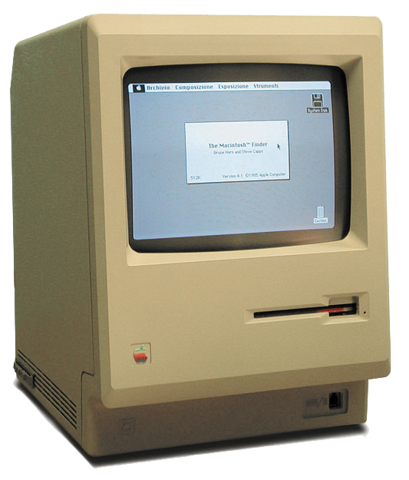Half of Gen Z Feels They Can Succeed Without a College Degree
 This post follows the previous one about vocational education in the U.S. There appears to be a resurgence of the "alternative to college" option in the 21st century.
This post follows the previous one about vocational education in the U.S. There appears to be a resurgence of the "alternative to college" option in the 21st century.
"Half of Gen Z Feels They Can Succeed Without a College Degree" was one headline takeaway from a Global Learner Survey conducted in 2019 by The Harris Poll using a 20-minute online survey completed by 11,083 people aged between 16-70 years old across the globe.
That's not news that colleges want to hear. As a lifelong educator and someone who spent about 19 years of that in higher education, I'm not immediately pleased to read that kind of headline.
This was a global survey using learners in 19 countries, so this is not just an American trend. They asked about the quality of their nation’s education system and about careers and the future of work and technology. Big topics.
The results point to a kind of DIY mindset. With access to technology, people are taking education into their own hands. The model is a bit patchwork with and learners are using a variety of options.
I also hear this called self-service learning will become even more commonplace as people seek education across their lives.
The report has eight main takeaways, but the one that caught my attention became my headline. Young workers (Gen Z if we need a label) think that they (and other age groups) can do fine without a college degree. They don't dismiss the need for training but this incoming workforce in many countries is open to alternative pathways, especially vocational training.
I have written about this "Disconnected" group before and I also think it includes different age groups. Perhaps the bulk of the Disconnected is young but there is also a significant section of older workers nearing retirement or in "unretirement." Both groups are looking for new work opportunities and getting a degree just doesn't seem desirable or perhaps even feasible.
The report says "The 40-year career is gone, replaced by life-long learning and diverse career paths. The talent economy has arrived and the traditional, linear career path is a thing of the past. Learners are molding education into what they need for today’s work world, which means 'bite-sized' learning across their entire life."
Where will that "bite-sized learning" come from? Those surveyed expect digital and virtual learning to be the new normal. Those that do see colleges or other institutions as viable are focusing on online degrees, artificial intelligence tools and smart devices.
This is all also sad to me, someone who spent most of my lifetime in secondary schools, largely preparing students to go on to college. I don't like indications that confidence in educational institutions is wavering. This report says that many people globally feel formal education isn’t working for them because it is not preparing them for work. And it's too costly. And for some, it is out of reach.
Another trend that comes up in the report is "upskilling" which is the process of teaching employees new skills. That most often happens because of new technology which leads to new jobs that require specialized skill sets.
Learners also believe "soft skills" will give them the advantage over automation. Creativity, originality, problem-solving and the ability to learn new skills give humans advantages over machines. Unfortunately, as AI becomes better and more common the machines are also gaining soft skills.
Read the survey www.pearson.com/corporate/news/global-learner-survey.html
A companion to the survey is "Opportunity for Higher Education in the Era of the Talent Economy," a guide to the survey’s implications and opportunities for higher education.

 In 1994, I was teaching at a suburban middle school. The first computer I had in my classroom was an Apple IIe (sometimes stylized as ][e) with its 128k floppy disk versions of word processing, database and spreadsheet (bundled as
In 1994, I was teaching at a suburban middle school. The first computer I had in my classroom was an Apple IIe (sometimes stylized as ][e) with its 128k floppy disk versions of word processing, database and spreadsheet (bundled as  It wouldn't be until the summer of 1995 and the next academic year that Windows 95 would be released. That much more friendly and consumer-oriented operating system made a significant change in computer use. The biggest change was its graphical user interface (GUI) and its simplified "plug-and-play" features. There were also major changes made to the core components of the operating system, such a 32-bit preemptive multitasking architecture.
It wouldn't be until the summer of 1995 and the next academic year that Windows 95 would be released. That much more friendly and consumer-oriented operating system made a significant change in computer use. The biggest change was its graphical user interface (GUI) and its simplified "plug-and-play" features. There were also major changes made to the core components of the operating system, such a 32-bit preemptive multitasking architecture. You might think that after using the Apple IIe in school we would have "upgraded" to Apple's Macintosh computer which was introduced in 1984 with a memorable Orwellian-themed commercial (see below). The
You might think that after using the Apple IIe in school we would have "upgraded" to Apple's Macintosh computer which was introduced in 1984 with a memorable Orwellian-themed commercial (see below). The  It is still three weeks until Halloween, but this is a ghost story that appears all year. I wrote
It is still three weeks until Halloween, but this is a ghost story that appears all year. I wrote